Home>Storage & Organization>Kitchen Organizing Tools>How Do You Punish A Cat For Peeing Outside The Litter Box
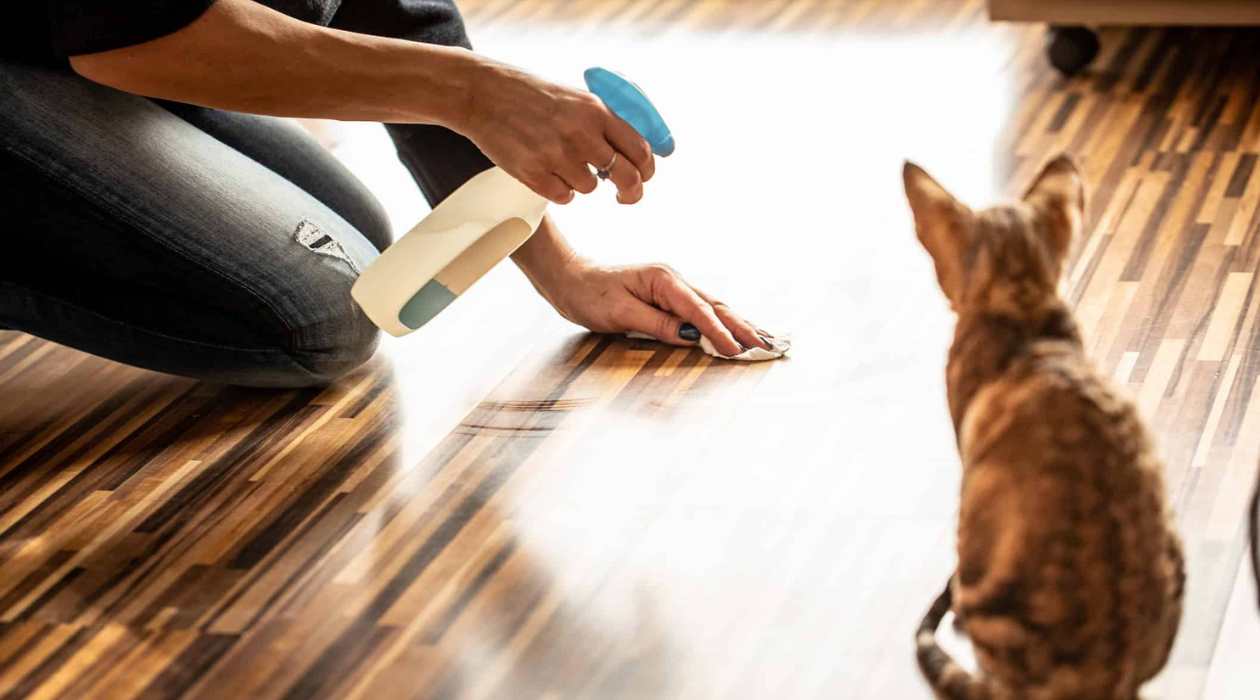

Kitchen Organizing Tools
How Do You Punish A Cat For Peeing Outside The Litter Box
Modified: August 24, 2024
Discover effective kitchen organizing tools to prevent your cat from peeing outside the litter box. Find solutions to keep your kitchen clean and organized.
(Many of the links in this article redirect to a specific reviewed product. Your purchase of these products through affiliate links helps to generate commission for Storables.com, at no extra cost. Learn more)
Understanding the Reasons Behind the Behavior
Understanding the reasons behind a cat's behavior is crucial in addressing issues such as peeing outside the litter box. Cats are known for their fastidious nature, and any deviation from their usual behavior may indicate an underlying problem. Here are some common reasons why a cat may exhibit this behavior:
-
Medical Issues: Cats may urinate outside the litter box due to medical problems such as urinary tract infections, kidney stones, or diabetes. These conditions can cause discomfort and increased urgency to urinate, leading the cat to seek alternative spots.
-
Stress or Anxiety: Cats are sensitive creatures, and changes in their environment or routine can trigger stress or anxiety. This could result from moving to a new home, the introduction of a new pet, or even changes in the household dynamics. In response, the cat may express their anxiety by urinating outside the litter box.
-
Litter Box Aversion: Cats are particular about their toileting habits, and they may avoid the litter box if it is not kept clean or if the type of litter is not to their liking. Additionally, the location of the litter box can also influence a cat's willingness to use it.
-
Territorial Marking: Unneutered male cats, in particular, may spray urine to mark their territory. This behavior is a natural instinct and is often triggered by the presence of other cats or changes in the household.
-
Age-Related Issues: As cats age, they may experience cognitive decline or physical limitations that make it challenging for them to access the litter box. This can lead to accidents outside the designated area.
By understanding the underlying reasons behind a cat's behavior, pet owners can approach the issue with empathy and a problem-solving mindset. Identifying the specific cause of the behavior is the first step towards implementing effective strategies to address the issue and improve the cat's well-being.
Key Takeaways:
- Understanding your cat’s behavior is crucial. Medical issues, stress, litter box aversion, marking, and age-related problems can cause urinating outside the litter box. Addressing the root cause with empathy is key.
- To discourage urinating outside the litter box, keep it clean, choose the right litter, place it strategically, reduce stress, use positive reinforcement, and address medical concerns promptly. Creating a suitable environment and seeking professional help if needed are crucial for your cat’s well-being.
Read more: Why Do My Cats Pee Outside The Litter Box
Effective Ways to Discourage the Behavior
Addressing the issue of a cat urinating outside the litter box requires a proactive approach aimed at modifying the cat's behavior and creating a more conducive environment. Here are some effective strategies to discourage this behavior:
-
Maintain a Clean Litter Box: Regularly clean the litter box to ensure it is inviting for your cat. Cats are meticulous creatures and may avoid using a soiled litter box. Scoop out waste at least once a day and replace the litter as needed. Additionally, consider providing multiple litter boxes, especially in multi-cat households, to reduce competition and ensure accessibility.
-
Choose the Right Litter: Cats have preferences when it comes to litter texture and scent. Experiment with different types of litter to find the one that your cat prefers. Some cats may favor unscented litter, while others may prefer a finer or coarser texture. By catering to your cat's preferences, you can encourage consistent litter box usage.
-
Strategic Litter Box Placement: The location of the litter box plays a significant role in a cat's willingness to use it. Place the litter box in a quiet, easily accessible area away from high-traffic zones and noisy appliances. Avoid placing the litter box near the cat's feeding area, as cats prefer to keep their toileting and eating areas separate.
-
Reduce Stress Triggers: Minimize stressors in your cat's environment by maintaining a predictable routine and providing a secure, enriching space. Create vertical spaces for your cat to perch on, offer interactive toys, and provide hiding spots to help alleviate stress and anxiety. Additionally, consider using pheromone diffusers or sprays designed to promote a sense of calm in cats.
-
Positive Reinforcement: When your cat uses the litter box appropriately, offer praise and rewards to reinforce this behavior. Positive reinforcement can help create a positive association with the litter box, encouraging your cat to continue using it.
-
Address Medical Concerns Promptly: If you suspect that your cat's inappropriate urination is due to a medical issue, seek veterinary attention promptly. A thorough examination can help identify and address any underlying health problems, ensuring your cat's well-being and potentially resolving the behavioral issue.
By implementing these effective strategies, pet owners can actively discourage their cats from urinating outside the litter box while promoting a positive and supportive environment for their feline companions. Understanding the unique needs and preferences of your cat is key to addressing this behavior and fostering a harmonious relationship between pet and owner.
Creating a Suitable Environment for Your Cat
A cat's environment plays a pivotal role in shaping its behavior and overall well-being. By creating a suitable environment, pet owners can significantly influence their cat's comfort, security, and overall happiness. When it comes to addressing issues such as urinating outside the litter box, the environment can be a powerful tool in promoting positive feline behavior. Here are essential considerations for creating an optimal environment for your cat:
Providing Enriching Resources
Cats thrive in environments that offer a variety of stimulating resources. Provide scratching posts, cat trees, and perches to satisfy your cat's natural instinct to climb and scratch. These resources not only serve as outlets for physical activity but also provide mental stimulation, contributing to a content and well-adjusted cat.
Access to Quiet Retreats
Cats are known for their love of solitude and quiet spaces. Ensure that your home offers secluded areas where your cat can retreat and relax undisturbed. This can include cozy cat beds, enclosed hiding spots, or elevated shelves where your cat can observe its surroundings from a safe vantage point.
Environmental Enrichment
Enriching your cat's environment with interactive toys, puzzle feeders, and engaging activities can prevent boredom and reduce stress. Interactive play sessions with your cat using wand toys or laser pointers can provide mental and physical stimulation, fostering a healthy outlet for your cat's energy.
Vertical Space Utilization
Cats are natural climbers and enjoy being in elevated positions. Providing vertical spaces such as cat trees, shelves, or window perches allows your cat to satisfy its instinct to survey its territory from above. Access to vertical space not only enriches your cat's environment but also promotes a sense of security and confidence.
Litter Box Accessibility
In addition to creating a stimulating environment, ensuring that the litter box is easily accessible is crucial. Place litter boxes in quiet, low-traffic areas of the home, and consider providing multiple boxes, especially in multi-cat households. The rule of thumb is to have one litter box per cat plus one extra, distributed in different locations to offer privacy and accessibility.
Consideration of Sensory Needs
Cats have keen sensory perceptions, and their environment should cater to these sensitivities. Provide cozy bedding with familiar scents, such as blankets or towels that carry your scent, to create a comforting and reassuring space for your cat. Additionally, consider the placement of food and water bowls, ensuring they are located away from the litter box and in quiet, easily accessible areas.
By creating a suitable environment that addresses your cat's physical, mental, and emotional needs, you can significantly contribute to your cat's overall well-being and happiness. A thoughtfully designed environment not only promotes positive behavior but also strengthens the bond between you and your feline companion.
Seeking Professional Help if the Issue Persists
If despite your best efforts the problem of your cat urinating outside the litter box persists, seeking professional help is crucial to address the issue effectively. A veterinarian specializing in feline behavior can provide valuable insights and guidance to identify and resolve the underlying causes of your cat's inappropriate urination.
Upon scheduling a veterinary appointment, the first step is to rule out any potential medical issues that may be contributing to the behavior. The veterinarian will conduct a thorough physical examination and may recommend diagnostic tests, such as urinalysis and blood work, to assess your cat's overall health. Identifying and treating any underlying medical conditions, such as urinary tract infections or kidney disease, is essential in addressing the problem at its root.
In cases where medical issues have been ruled out or treated, but the inappropriate urination persists, a feline behaviorist or a certified cat behavior consultant can offer specialized expertise. These professionals possess in-depth knowledge of feline behavior and can conduct a comprehensive assessment of your cat's environment, routine, and interactions within the household.
During a behavior consultation, the expert will gather detailed information about your cat's history, the household dynamics, and any recent changes that may have triggered the behavior. By understanding the specific triggers and stressors affecting your cat, the behaviorist can develop a tailored behavior modification plan to address the inappropriate urination.
The behavior modification plan may encompass environmental modifications, such as adjusting the litter box setup, implementing enrichment activities, and creating a more conducive living space for your cat. Additionally, the behaviorist may provide guidance on positive reinforcement techniques, training exercises, and strategies to reduce stress and anxiety in your cat's environment.
Furthermore, the behaviorist can offer valuable advice on managing multi-cat households, addressing inter-cat conflicts, and promoting harmonious interactions among your feline companions. By addressing social dynamics and territorial issues, the behaviorist can help create a more peaceful coexistence among your cats, reducing the likelihood of inappropriate urination as a result of territorial marking or stress-related conflicts.
In some cases, the behaviorist may recommend the use of pheromone-based products, such as diffusers or sprays, to promote a sense of calm and security in your cat's environment. These products can aid in reducing stress and anxiety, contributing to a more positive and relaxed state of mind for your cat.
Seeking professional help from a veterinarian or a certified feline behavior expert demonstrates a proactive and compassionate approach to addressing your cat's behavioral issues. By collaborating with professionals who specialize in feline behavior and welfare, you can gain valuable insights, practical strategies, and ongoing support to help your cat overcome inappropriate urination and lead a happier, more contented life.
Remember, every cat is unique, and a personalized, expert-guided approach can make a significant difference in resolving behavioral challenges and fostering a harmonious relationship between you and your beloved feline companion.
Frequently Asked Questions about How Do You Punish A Cat For Peeing Outside The Litter Box
Was this page helpful?
At Storables.com, we guarantee accurate and reliable information. Our content, validated by Expert Board Contributors, is crafted following stringent Editorial Policies. We're committed to providing you with well-researched, expert-backed insights for all your informational needs.
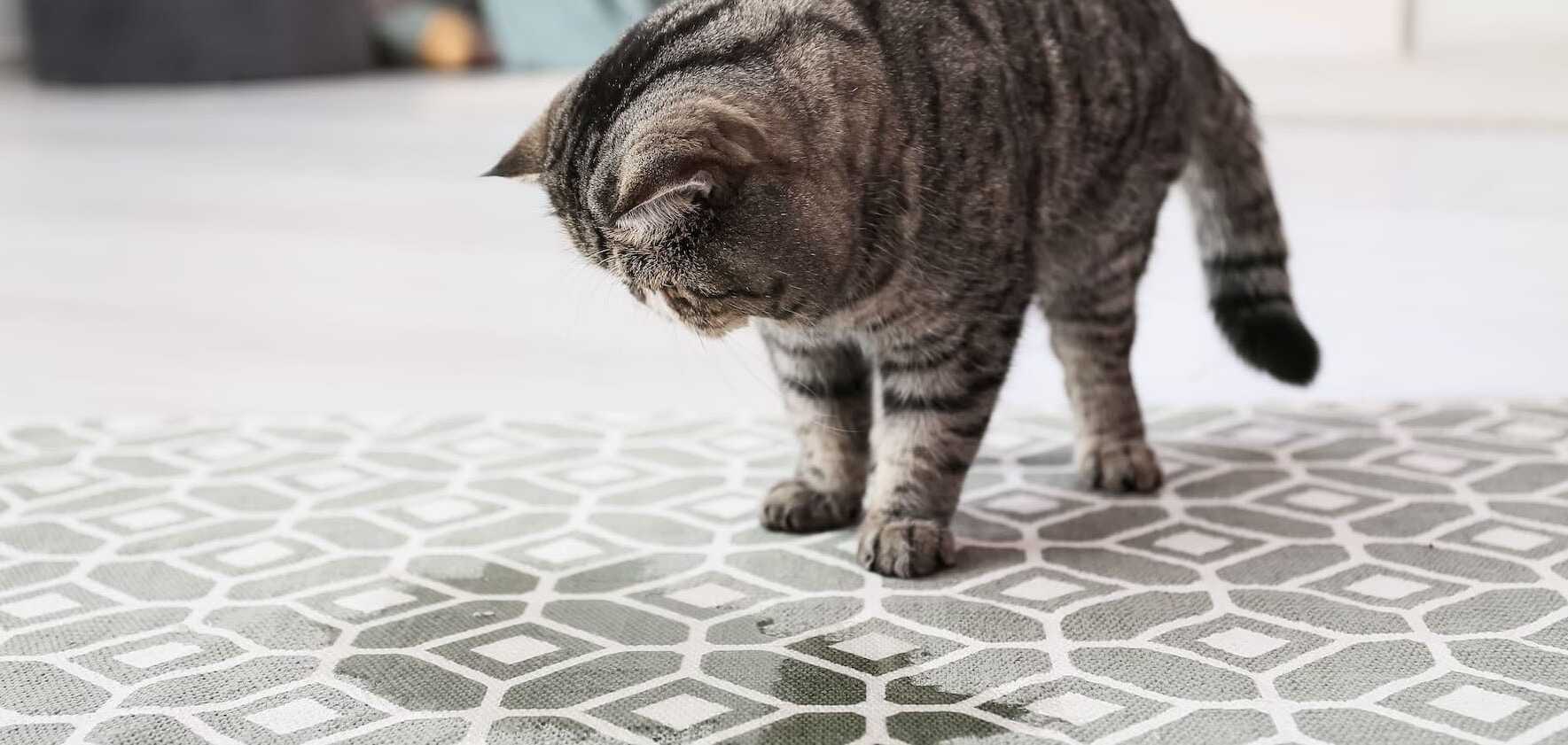
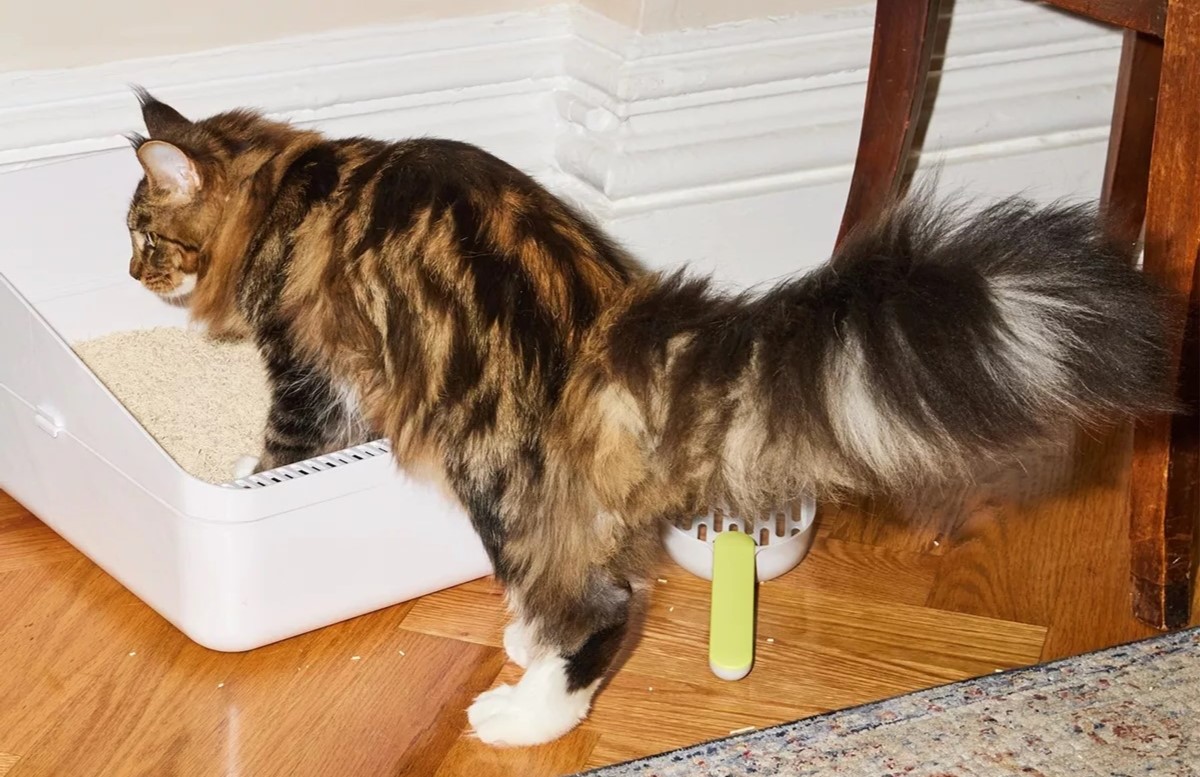

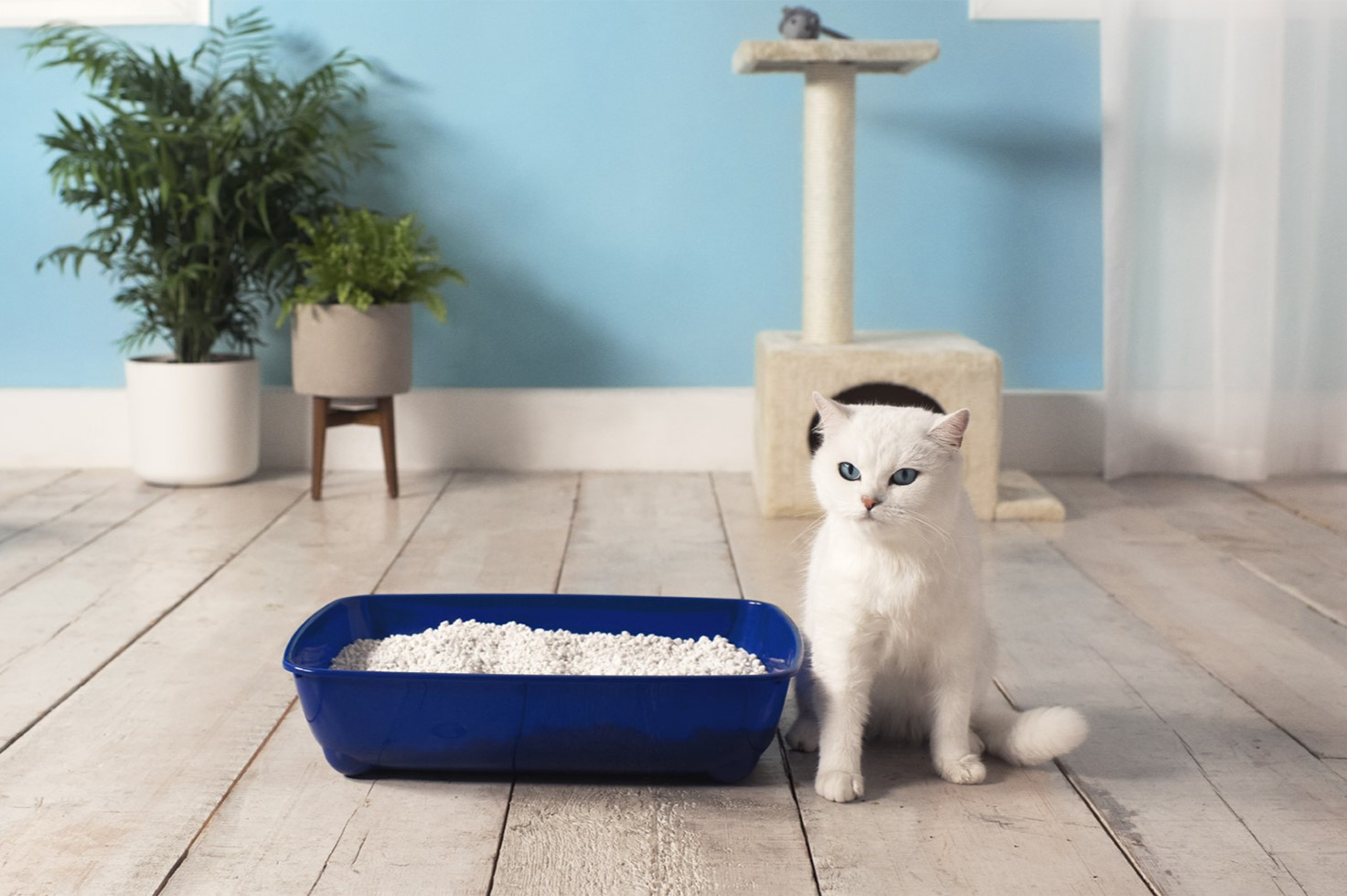
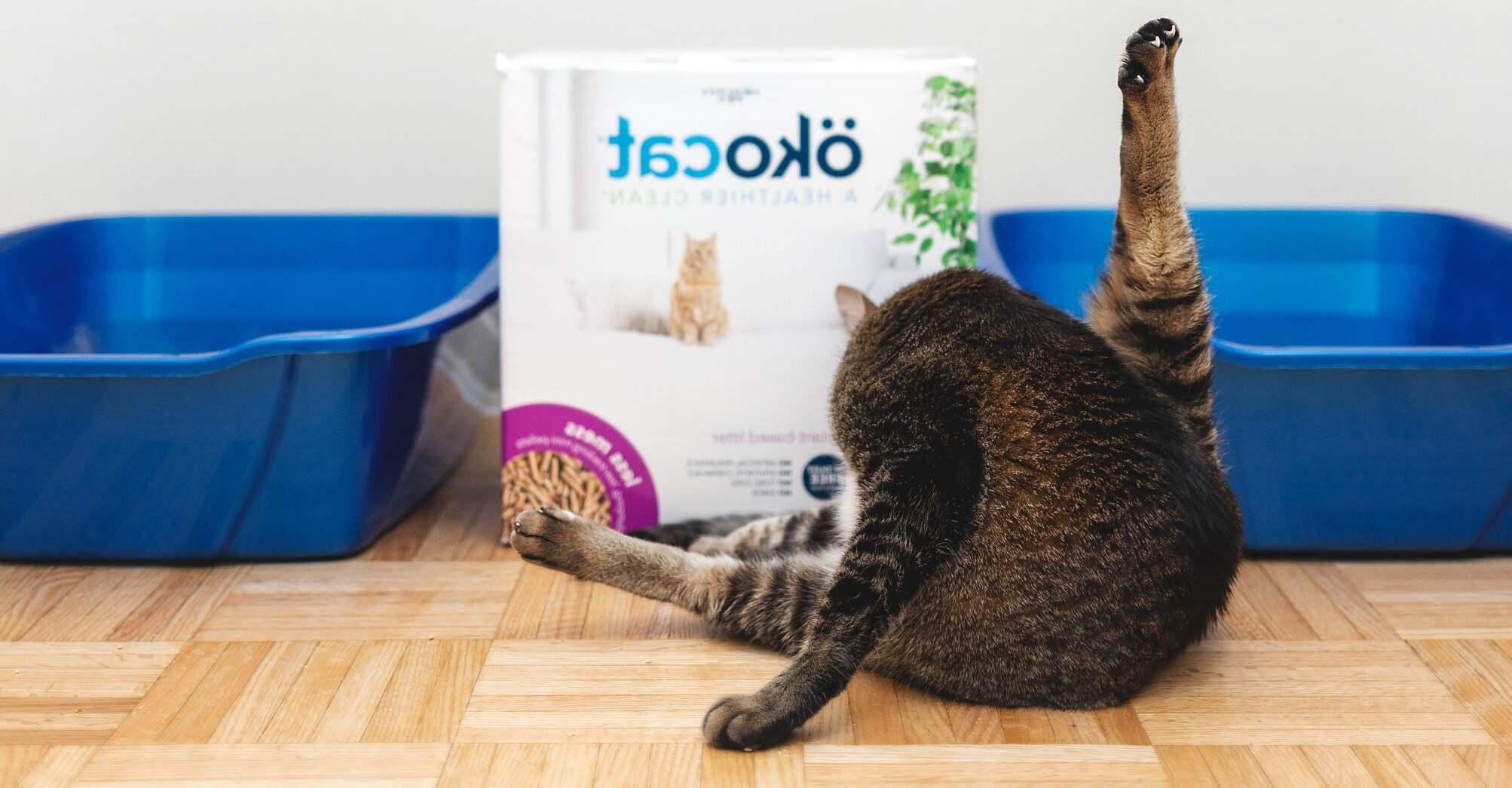
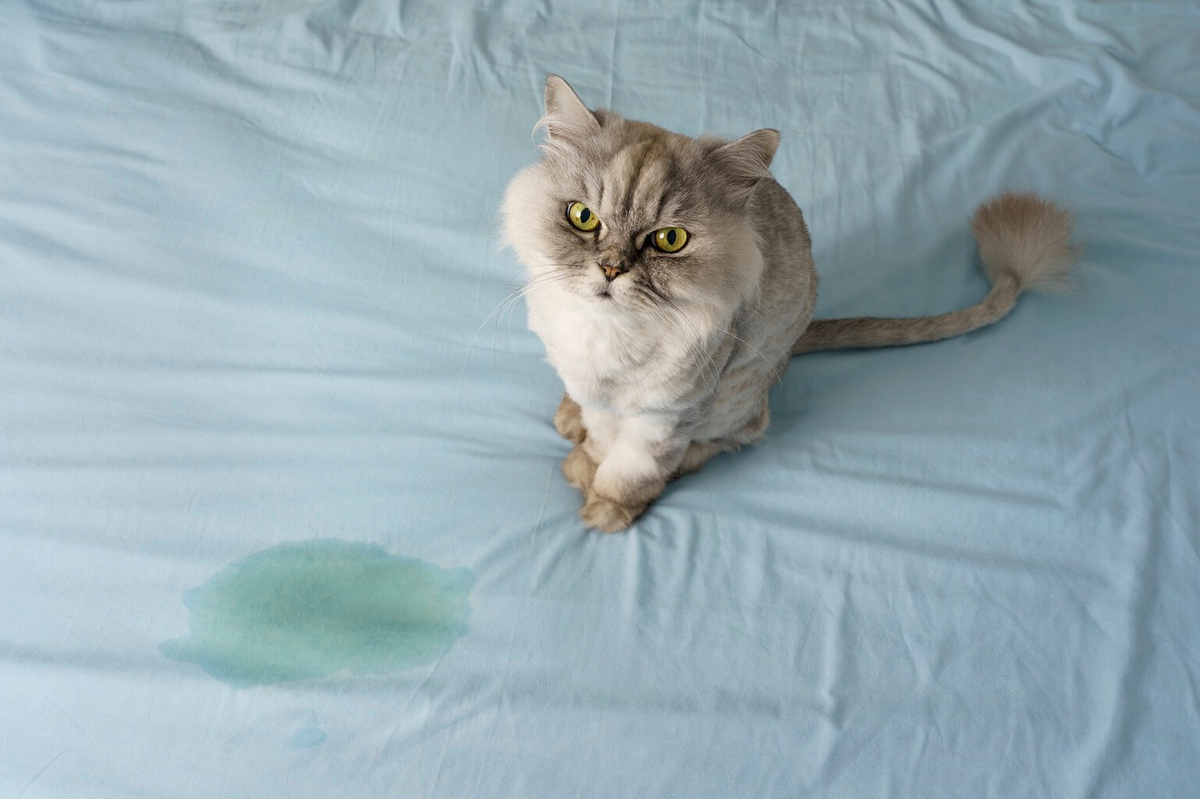
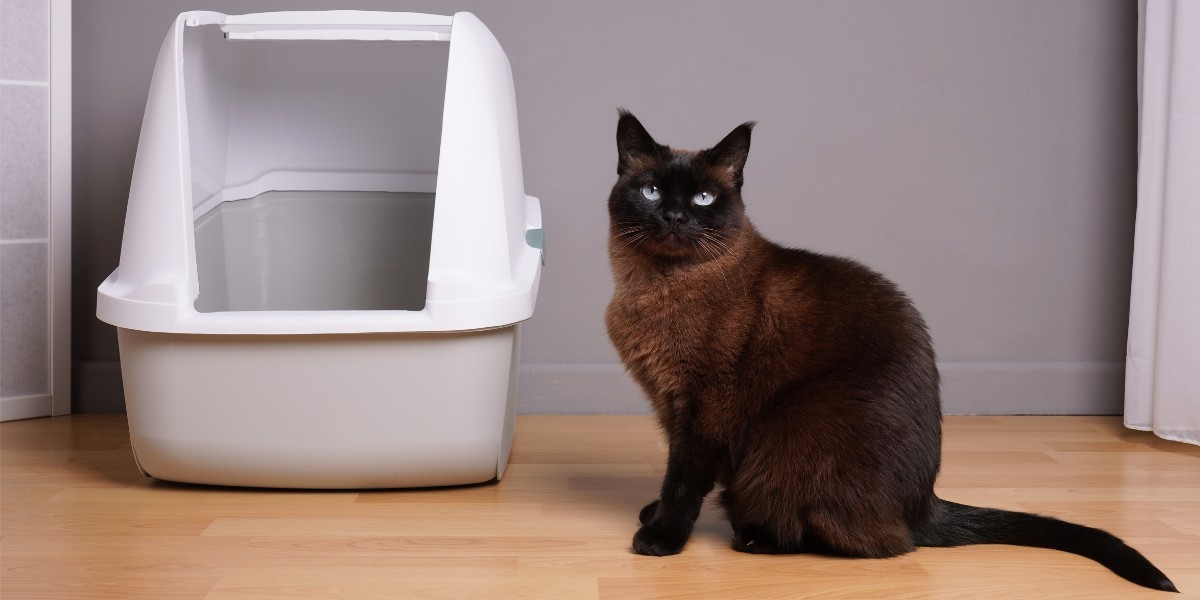
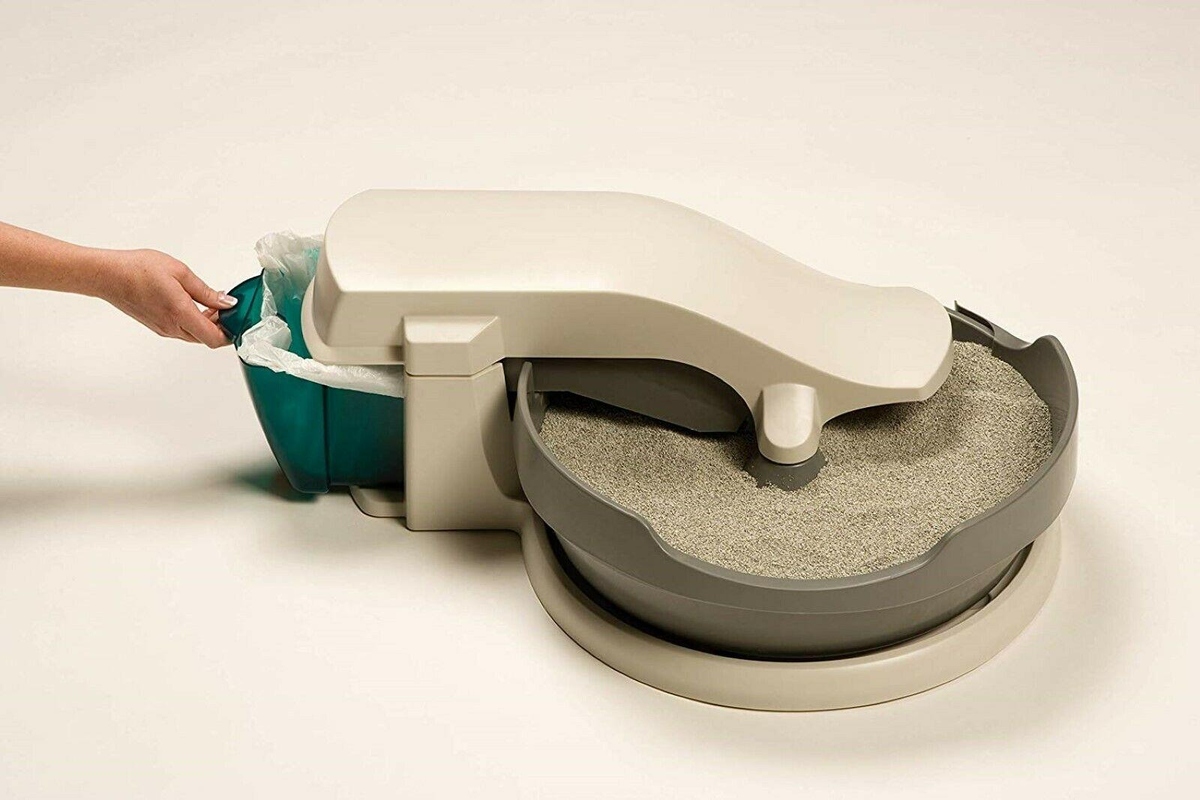
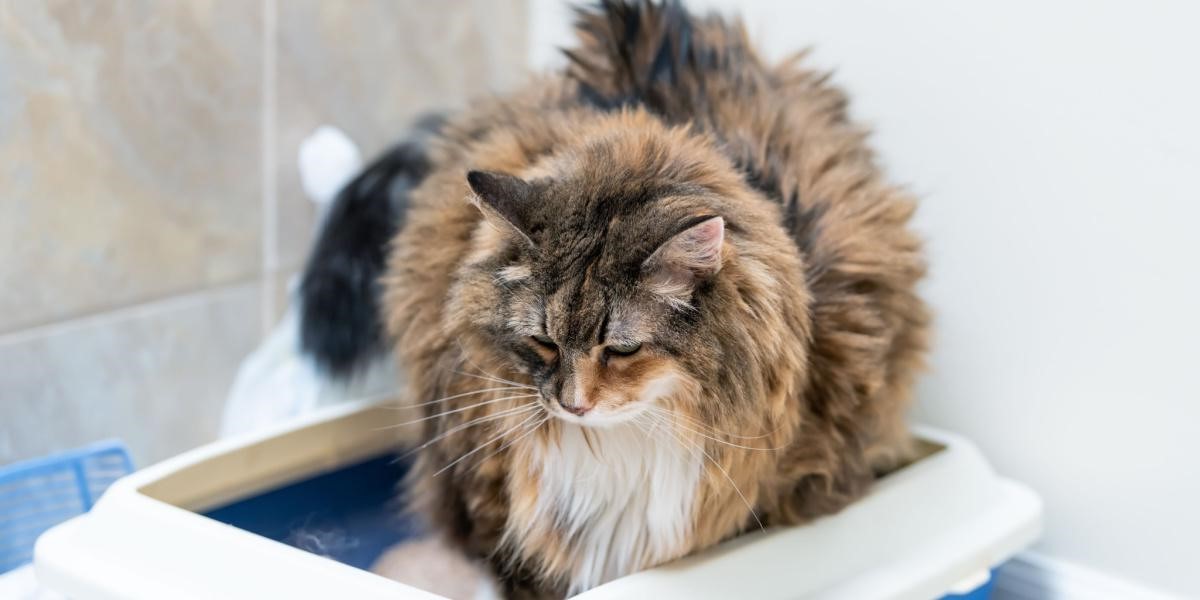

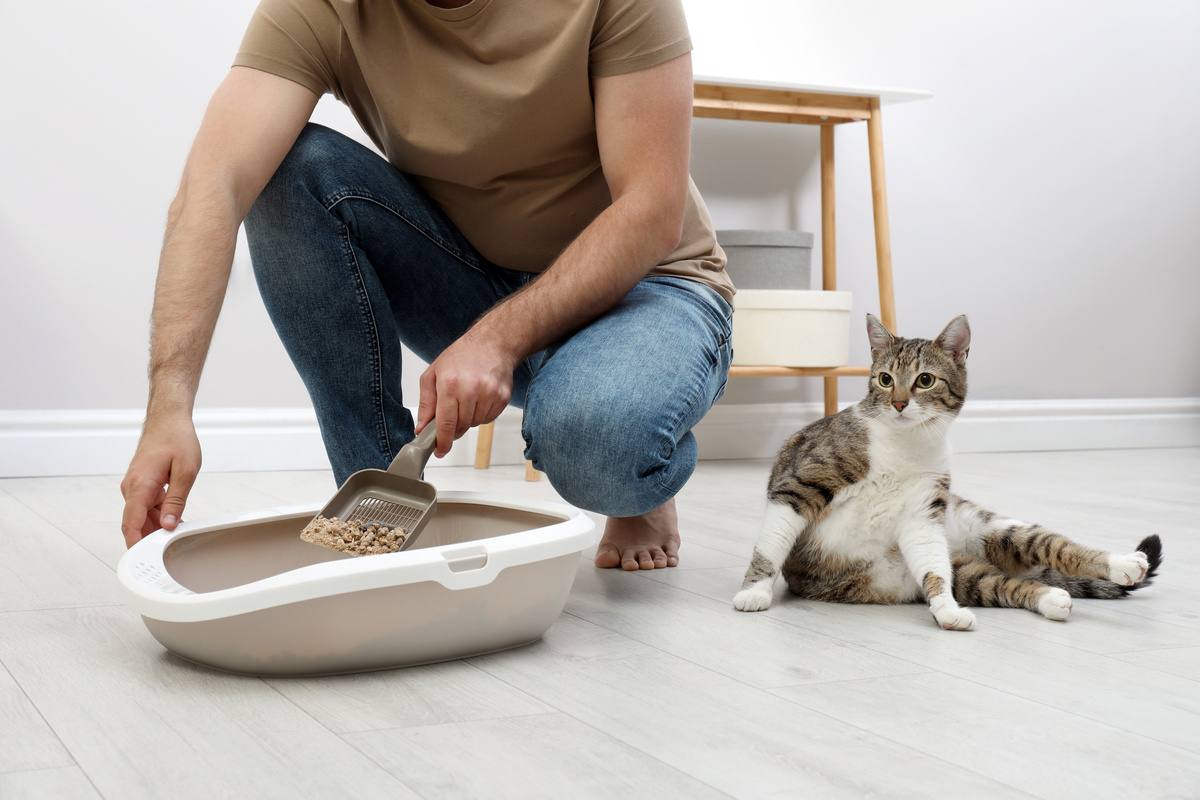
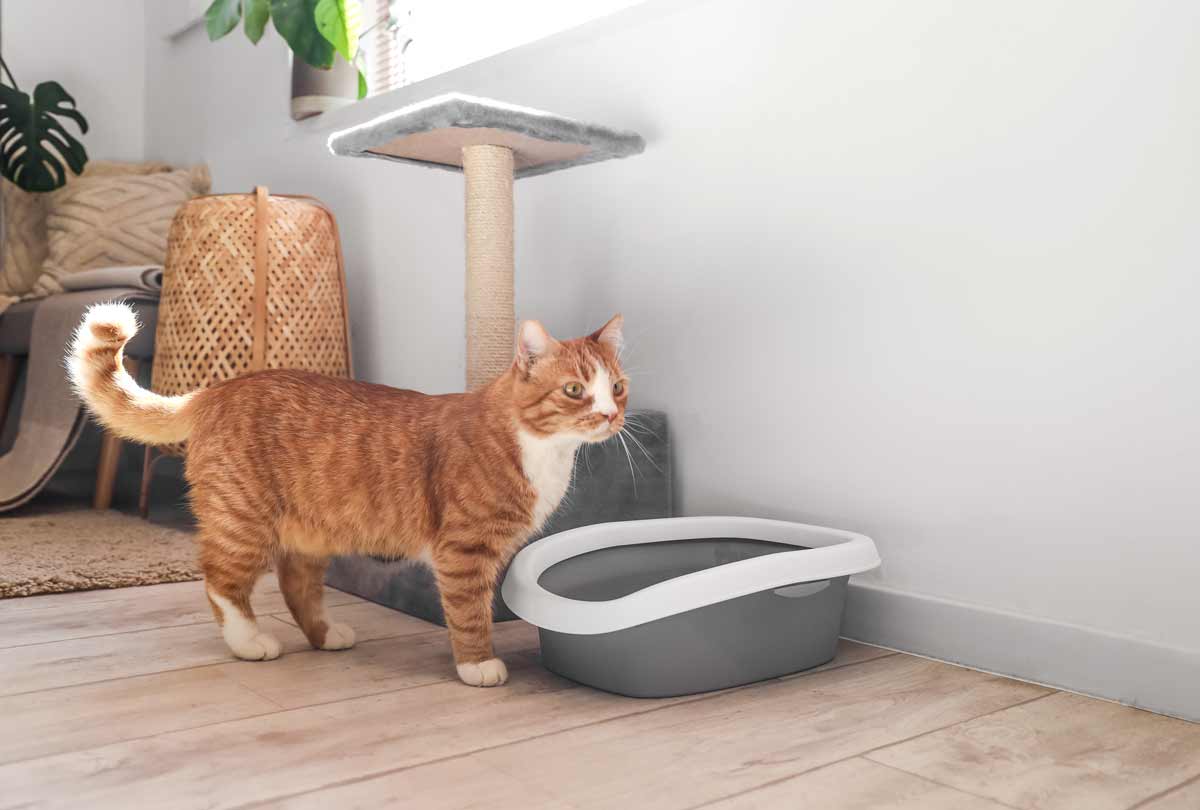
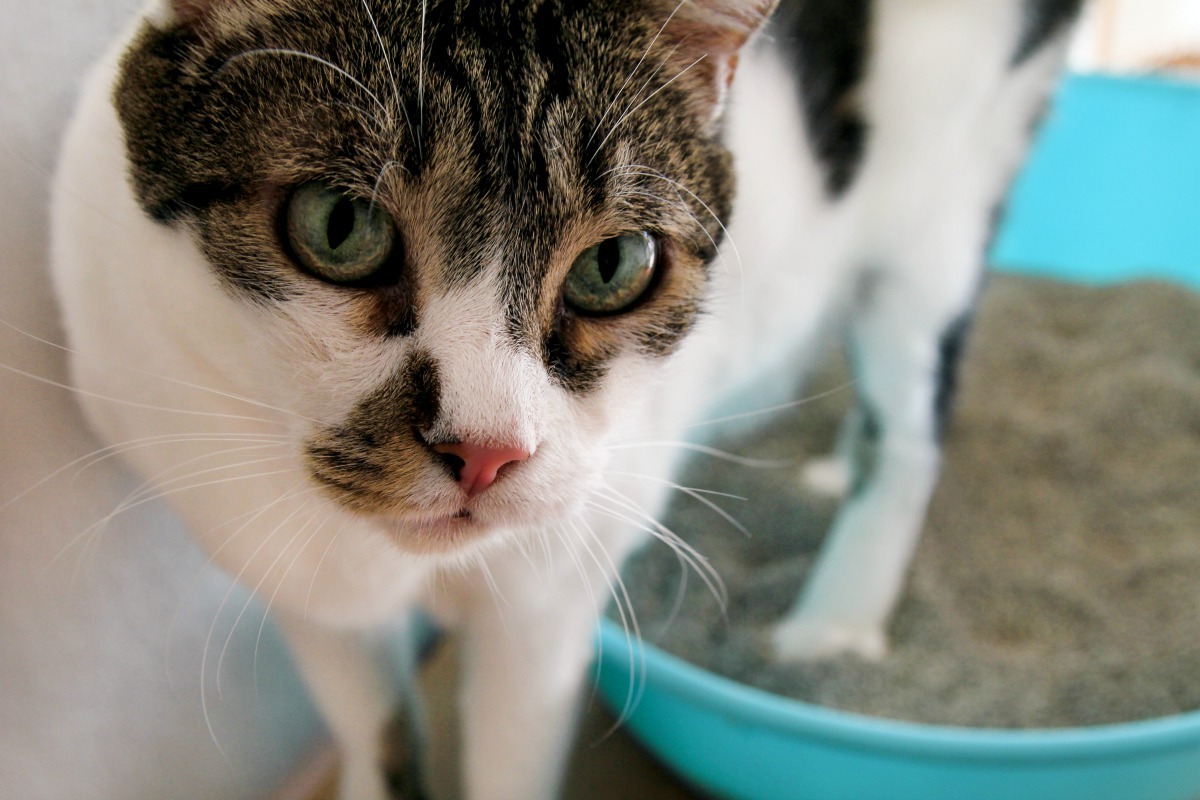

0 thoughts on “How Do You Punish A Cat For Peeing Outside The Litter Box”